Kuşadası - Castle and Pigeon Island
- Category: Aegean Region
- Hits: 14362
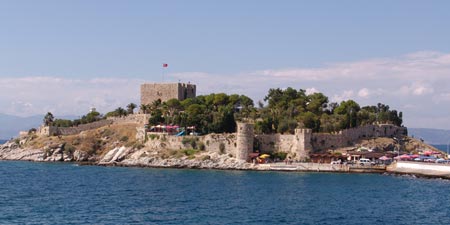
The very small Pigeon Island (Güvercin Adası) is a few hundred metres from the mainland and connected by a walkway.
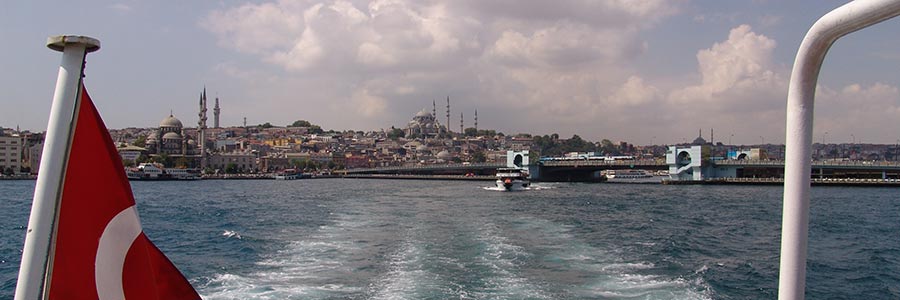
Since the founding of the republic in 1923 as the successor state to the Ottoman Empire, Turkey has been secular and Kemalist in orientation. The country's founder, Mustafa Kemal Atatürk, initiated a modernization of Turkey through social and legal reforms modelled on various European nation states.
The current President Recep Tayyip Erdoğan has been at the helm of the country since 2003. Since around 2012, he has led the country in an increasingly authoritarian manner. Freedom of expression and freedom of the press in particular are considered to be severely restricted. The currency and debt crisis triggered by its economic policies as well as high inflation have continued since 2018, which makes Turkey quite attractive from a tourist perspective.
The culture of today's Turkey is a fusion of the ancient Turkish nomadic culture of Central Asia and Siberia, the Greco-Roman era, the culture in the Ottoman Empire with its Byzantine, Persian, Arabic, Caucasian, Armenian and Kurdish influences, as well as the strong European direction since the founding of the Republic Ataturk. The cultural centre of the country is the metropolis of Istanbul.
With the political changes, the content of Turkish literature also changed. Early representatives include Fakir Baykurt, Sabahattin Ali, Sait Faik Abasıyanık and Yaşar Kemal, who put ordinary people at the centre of their work. With the turn to describing living conditions, social and political criticism of the state is inevitable. The state reacts with censorship and political violence. Authors like Nâzım Hikmet, Yaşar Kemal and Aziz Nesin spend many years in Turkish prisons because of the persecution of their publications. Kemal therefore referred to the prison as a “school of Turkish literature”.
Turkish cuisine has also influenced Greek and the rest of the Balkan cuisine - including etymology. For example, tzaziki comes from the Turkish cacık, and Ćevapčići comes from kabapcik. Yogurt also comes from Turkish Yoğurt. Doner kebab is made from beef, veal or poultry. In Turkey, but also in other countries, the kebab is also served on a plate.

The very small Pigeon Island (Güvercin Adası) is a few hundred metres from the mainland and connected by a walkway.

During our visit at some friends in Didim we had the opportunity to see some places next to the touristic spots of Didim. We heard about an old Greek village with old stone houses, we would like to see.
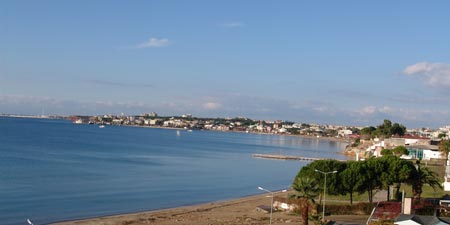
Altınkum is a district of Didim and is a small popular resort situated on the Aegean Coast of Turkey. The name of the resort "Altınkum" which means golden sand in Turkish is a beautiful place with three long smooth golden beaches, with a shallow sea for quite a long way out which is ideal for families with children.

The marsh area created where piedmonts of Samsun Mountain and Büyük Menderes, which is the longest river of Western Anatolia, extend to meet the sea is one of the most important wetlands of the world today.

Euromos, one of the antique cities of Carian lands, located between Lake Bafa and Milas town, is about 12 km away from the town center of Milas.
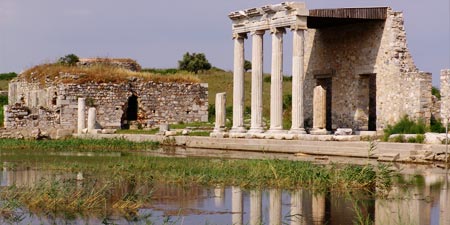
Miletus is located (an hour away from Didim) in the city of Soke's Balat village. In ancient times it was on the western coast of Anatolia (currently the province of Aydın), near the Maeander River in ancient Caria.

Akbük is a place with a beautiful bay and surrounded by protected forests and olive groves. Located on the south west coast of the Aegean Region, approximately 19km from the lively resort of Altınkum, 65km from Kuşadası and about 70km from the Bodrum Airport.
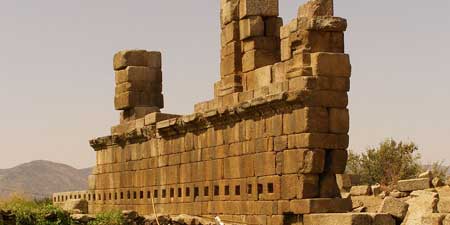
A few days ago, researchers in Alanda, Turkey, found the head and other parts of a statue of the Roman emperor Hadrian.

During a rescue excavation by the German Archaeological Institute in the province of Izmir, layers from the post-Paleolithic period (Epipalaeolithic) were discovered for the first time in a cave between the modern locations of Dikili and Bergama (UNESCO World Heritage Site Pergamon-Bergama).

Our journey along the route of Seljuk Caravanserai chain this time took us to Afyonkarahisar region from the direction of Konya city along E 96 highway.
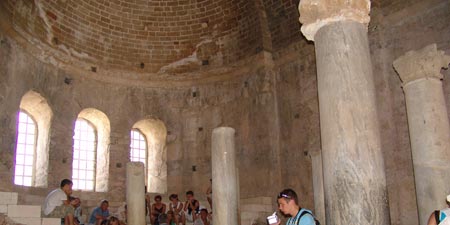
Each year between 4th and 6th December, the village of Demre (whose historic name is Myra), well known usually for the quality and the taste of their delicious tomatoes and oranges, faces an invasion of scientists and amateur historians.

Myra, located in the south-west of Turkey, in the magical landscape of Lycia, was the city where St. Nicholas had worked as a bishop in the fourth century.
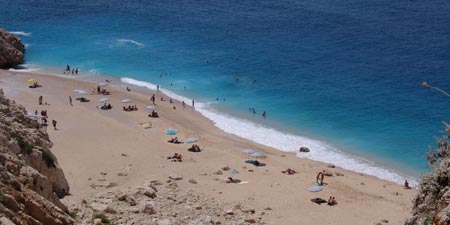
Kaputas beach is a truly wonderful spot on earth, almost untouched by tourist influences, and when we discovered it, we weren't aware that it was already an insider tip among some "permanent Turkiye holidaymakers" who live in Kaş or Kalkan.
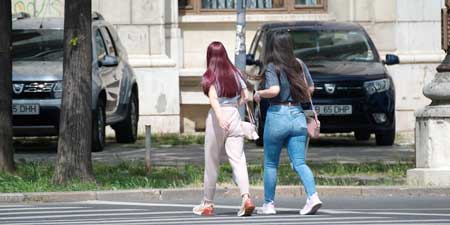
Good luck to those who have been able to cross one of the busy streets in Turkey, even on the pedestrian crossing! A statement that Europeans receive with great surprise in their ears.
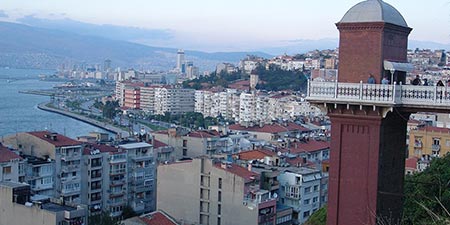
Traveling through Izmir again, today we will go to the so-called Asansör, a historic passenger and goods elevator in the Konak district, correctly in the Karataş district.
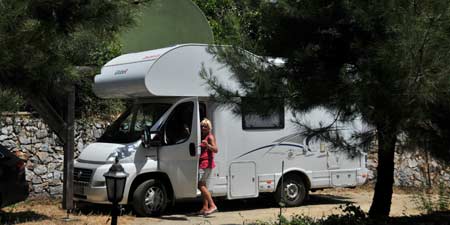
We met Silvia and Anselm at a campsite near Venice as part of our project "Comprehension and Cultural Trip along Roman Roads" and were able to experience their experience and knowledge of the city of Venice on a shared city tour. For the first time with the two of them, the idea of wintering for campers on the Turkish Riviera was pushed so strongly that we subsequently looked more and more into this possibility.
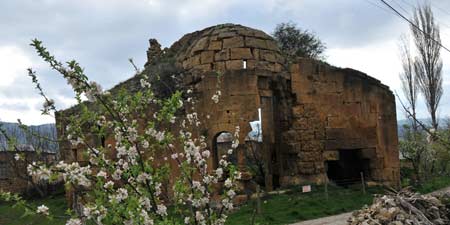
We drove through the foothills of the Taurus over wonderful pass roads near Ermenek to the apricot town of Mut and then continued our way towards Karaman. Patrick, our paragliding friend from Strasbourg, had reported courageously about the ruins of a basilica and a wonderfully shimmering lake during a sightseeing flight in the region, which he had seen from the air near the town of Dağ Pazarı.
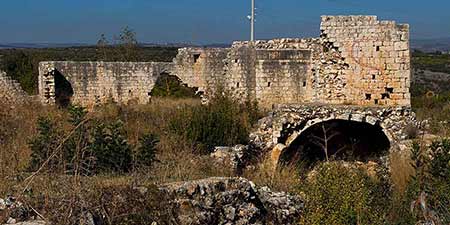
Kumkuyu, the modern Turkish name of the ancient settlement area of the semi-nomadic Tirtar ethnic group, is located in the south of Erdemli County on the D-400 highway, about 15 kilometres southwest of the district town of the same name and about 50 kilometres southwest of the provincial capital Mersin.
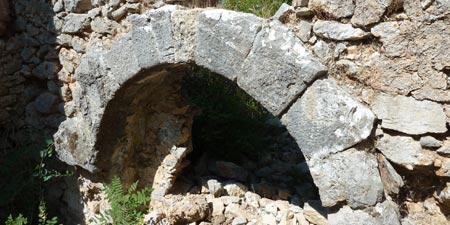
A few years have passed since we were last on the 400-meter-high mountain right next to the new road tunnels near Alanya to visit the Helenistic ruined city of Hamaxia, which is just over half an hour's walk and within sight of Cleopatra's beach.
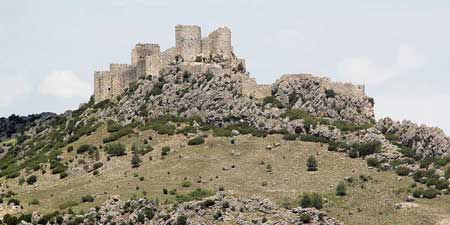
On the way to Sanliurfa we first passed Adana on the toll road E90 towards Ceyhan.